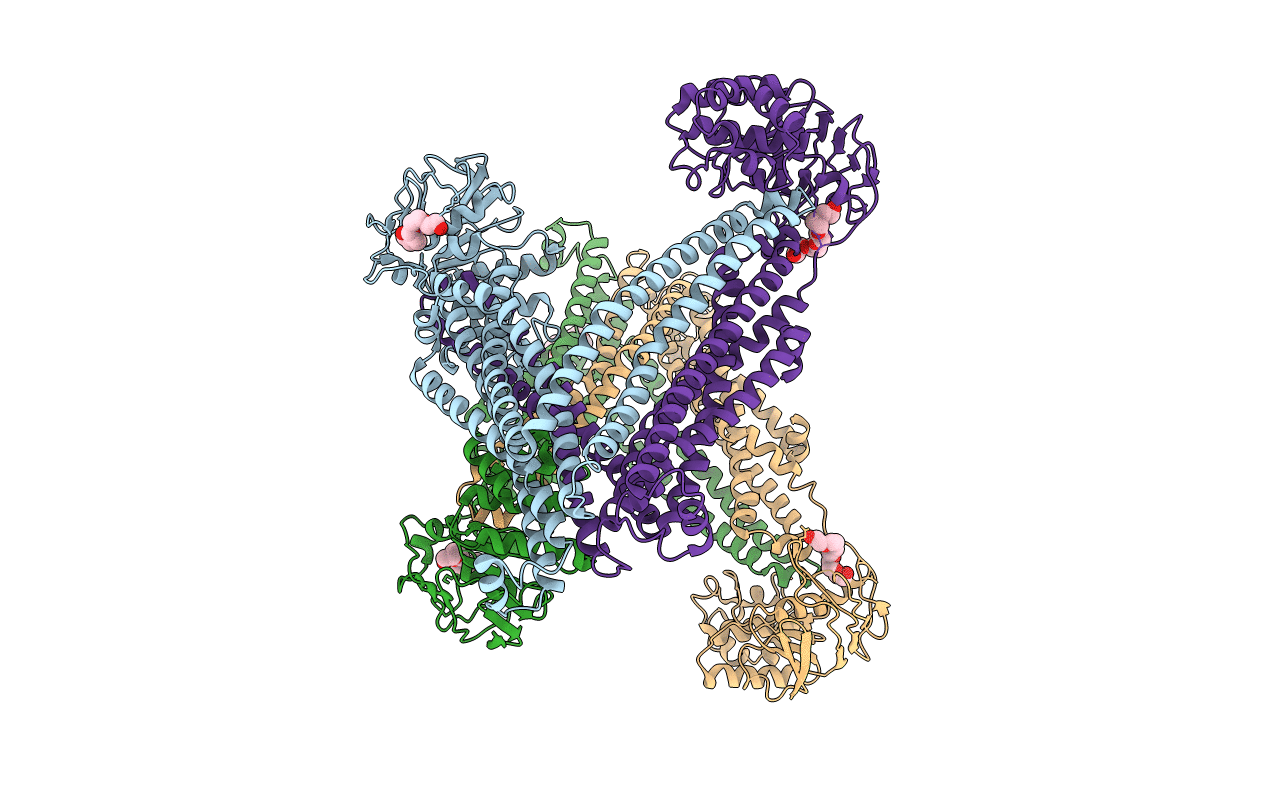
Deposition Date
2015-06-24
Release Date
2015-08-19
Last Version Date
2024-05-08
Entry Detail
PDB ID:
5C78
Keywords:
Title:
ATP-driven lipid-linked oligosaccharide flippase PglK in apo-inward state (1)
Biological Source:
Source Organism:
Campylobacter jejuni (Taxon ID: 197)
Host Organism:
Method Details:
Experimental Method:
Resolution:
2.90 Å
R-Value Free:
0.26
R-Value Work:
0.23
R-Value Observed:
0.23
Space Group:
P 1


